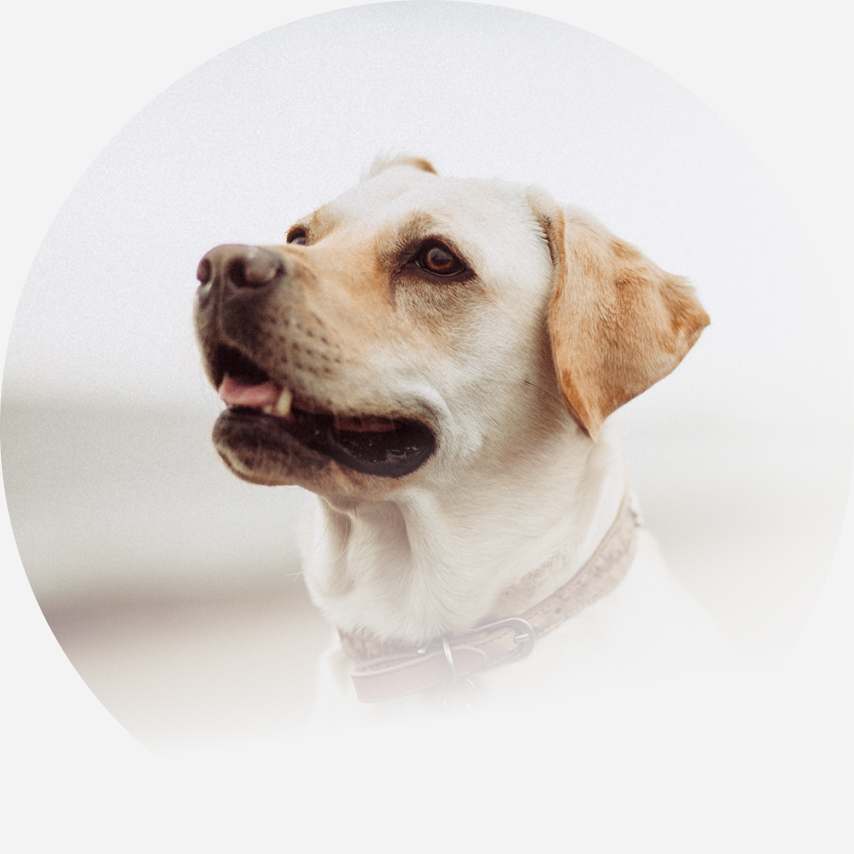Lambing
SPCA is concerned about the welfare harms and death of lambs as a result of early lambing that is scheduled to take place during winter or spring, when temperatures may cause thermal stress.
Lambing occurs in early spring to take advantage of feed. Some farmers may lamb early, in late winter, to ensure that their lamb is early to market. If the weather is poor during lambing, mortality can be high due to disease, exposure and starvation. If lambing does occur at this time, then where ever possible appropriate and adequate provision must be made for warm, dry shelter which is accessible for all sheep and lambs. Supplementary feed and water must be must be made available for the animals during summer droughts, freezing spring temperatures, or any other poor weather conditions, including wet and muddy conditions.
SPCA is concerned about the welfare harms as a result of pre-lamb shearing.
Holding pregnant ewes off feed for long periods to “empty” can lead to metabolic problems. If pre-lamb shearing must be conducted, it should not be done within six weeks of lambing, an appropriate winter cover comb should be used, and recently shorn ewes must be provided with a sheltered paddock with appropriate shelter to protect them from adverse environmental conditions. Weather conditions should be checked to avoid cold weather. Additional feed should also be provided in this circumstance.
SPCA is concerned about the production demands placed on sheep and supports the welfare of sheep to remain paramount at all times.
Sheep must not be bred to produce more lambs than they can effectively rear for a full lactation without loss of body condition.
SPCA is concerned about the risk of dogs worrying and injuring sheep, especially around lambing.
Every year sheep and lambs are injured or killed by roaming dogs in attacks that are not only traumatic for animals and people involved, but are often completely avoidable through responsible dog ownership.





